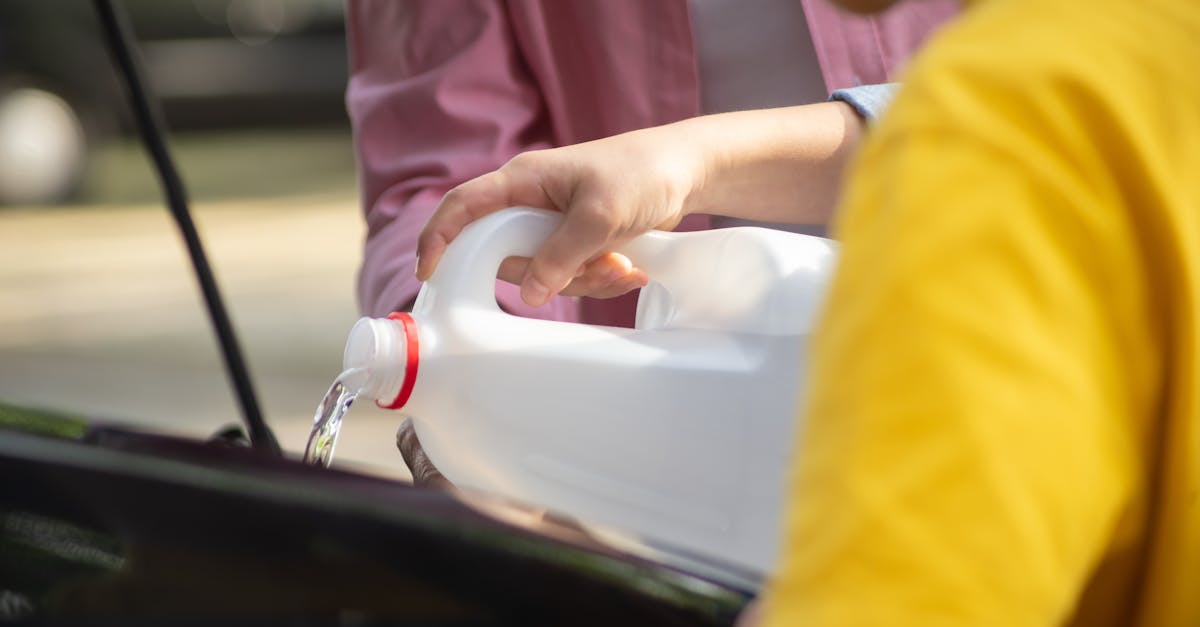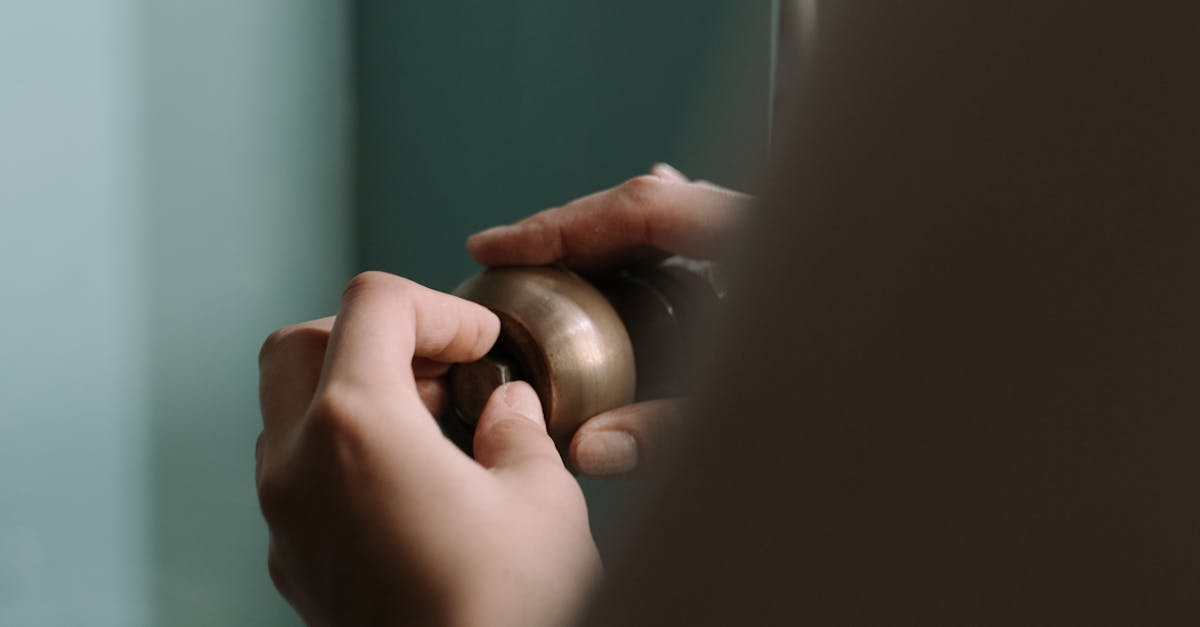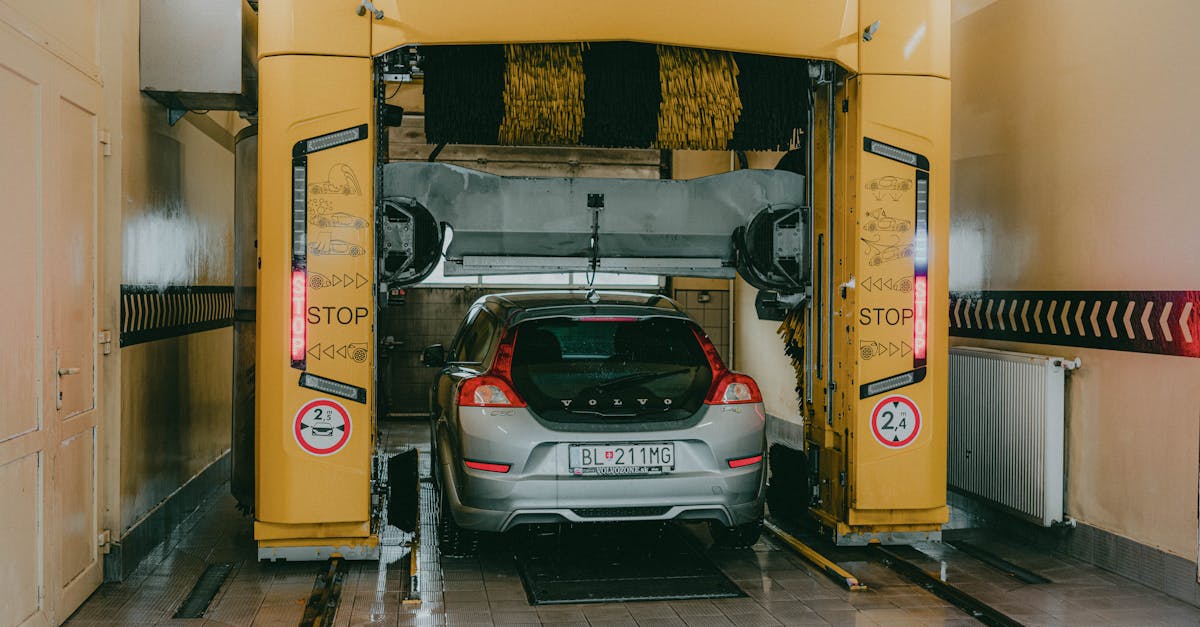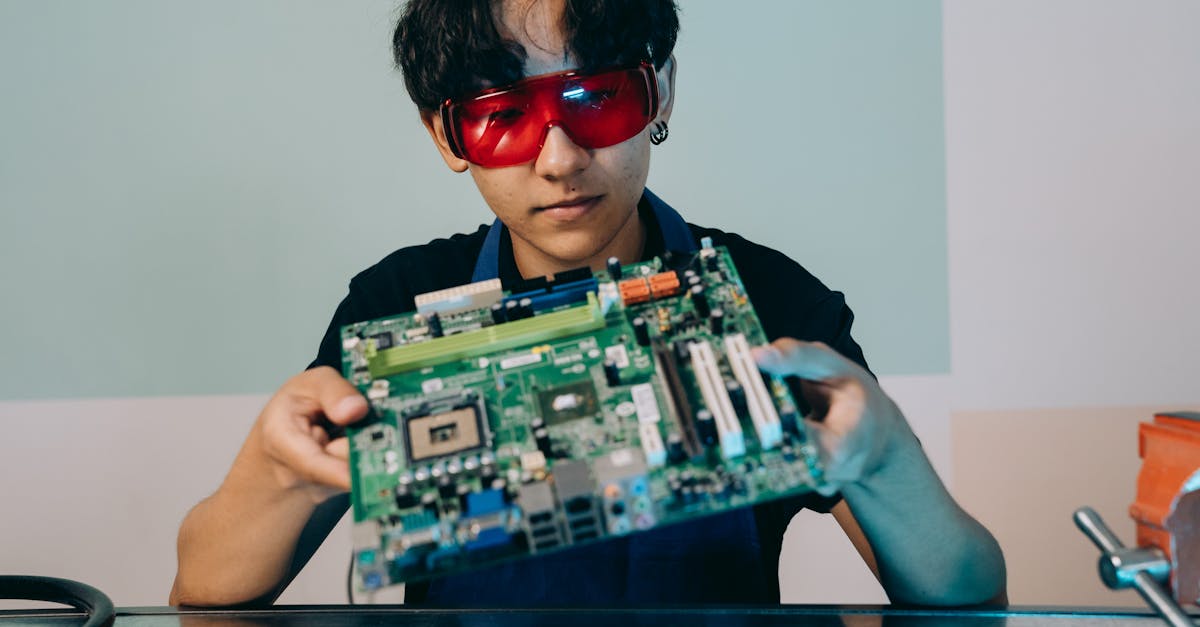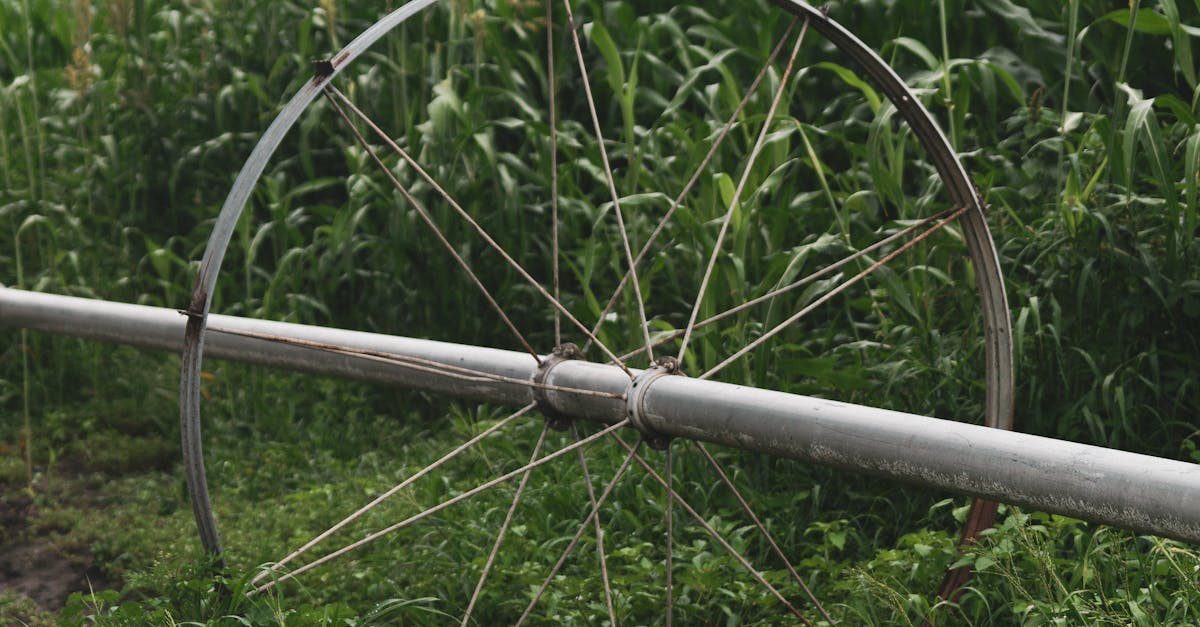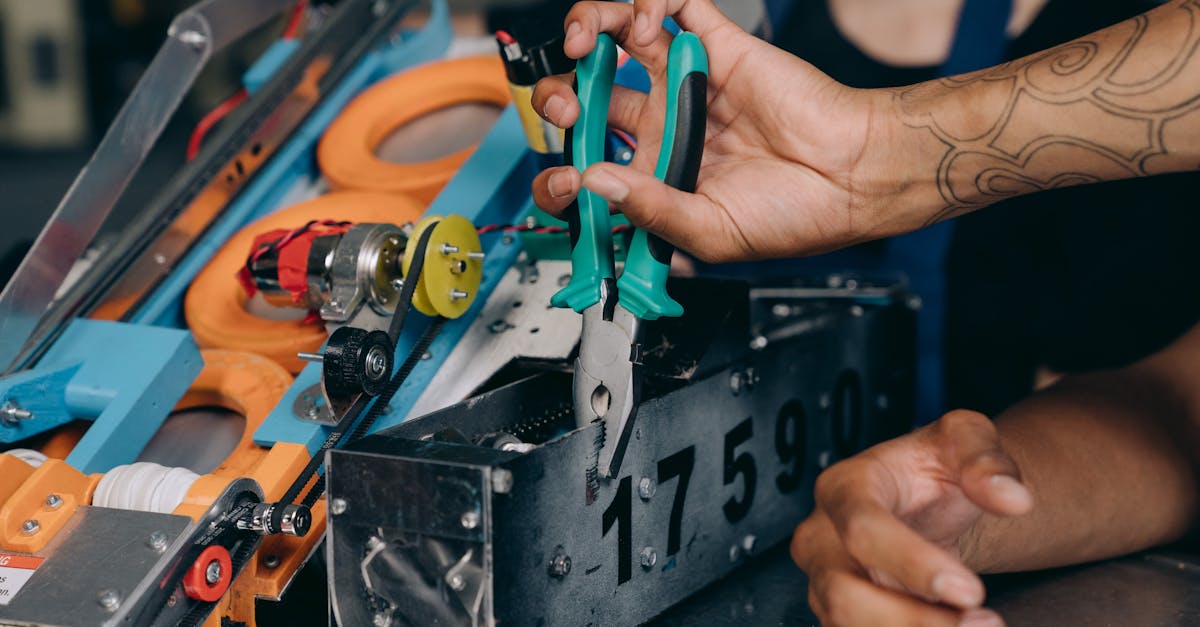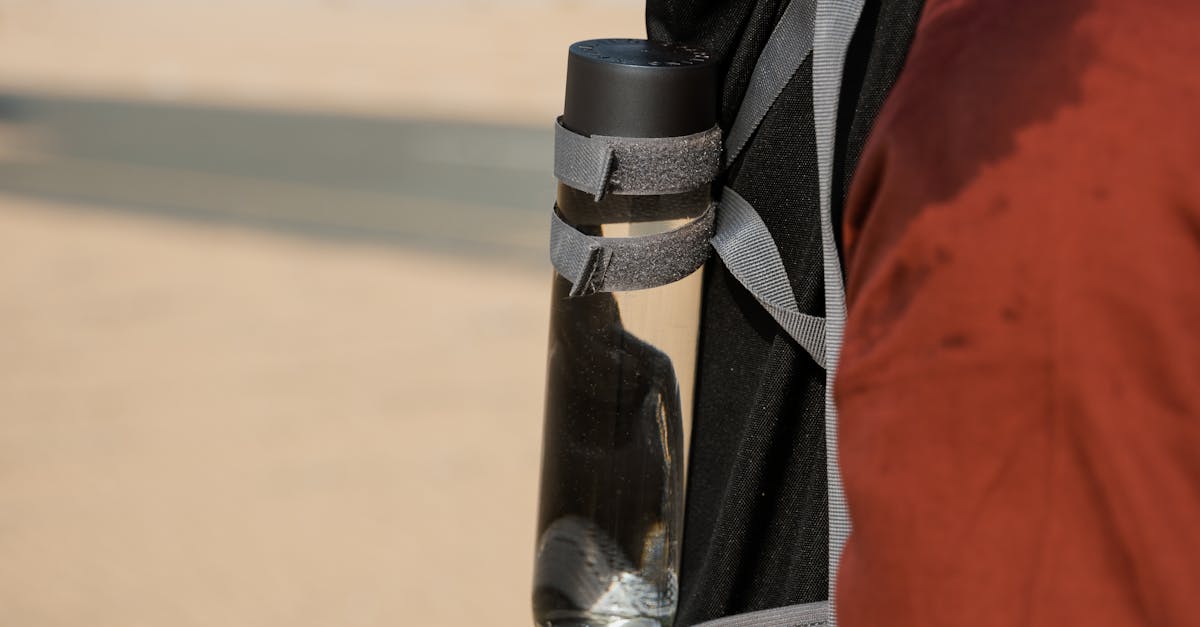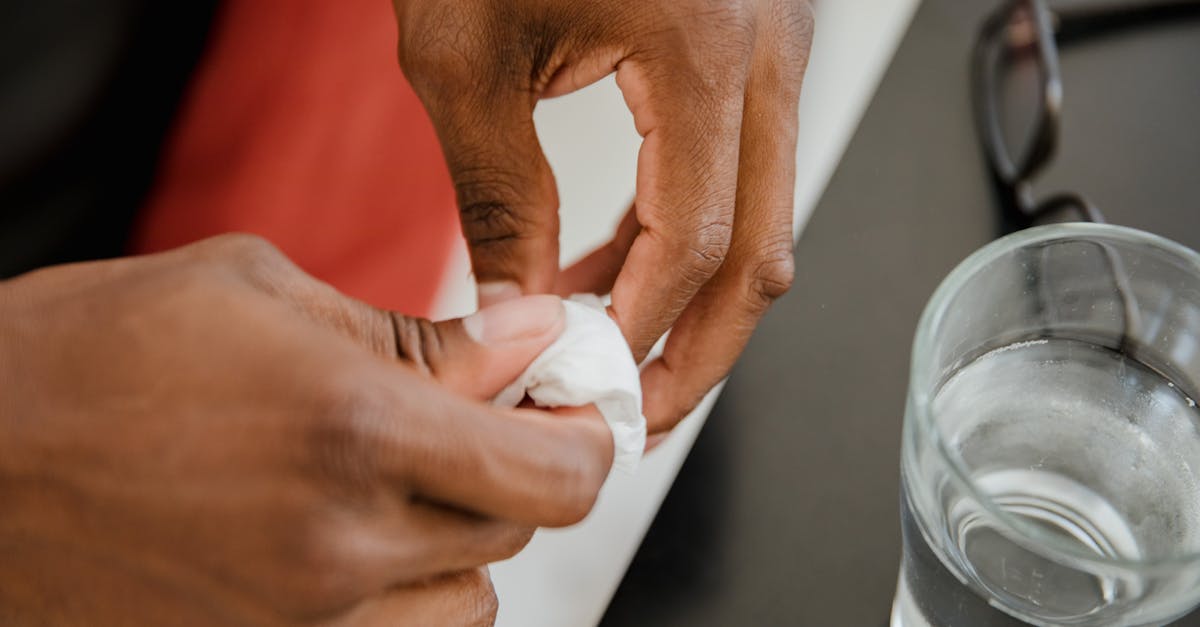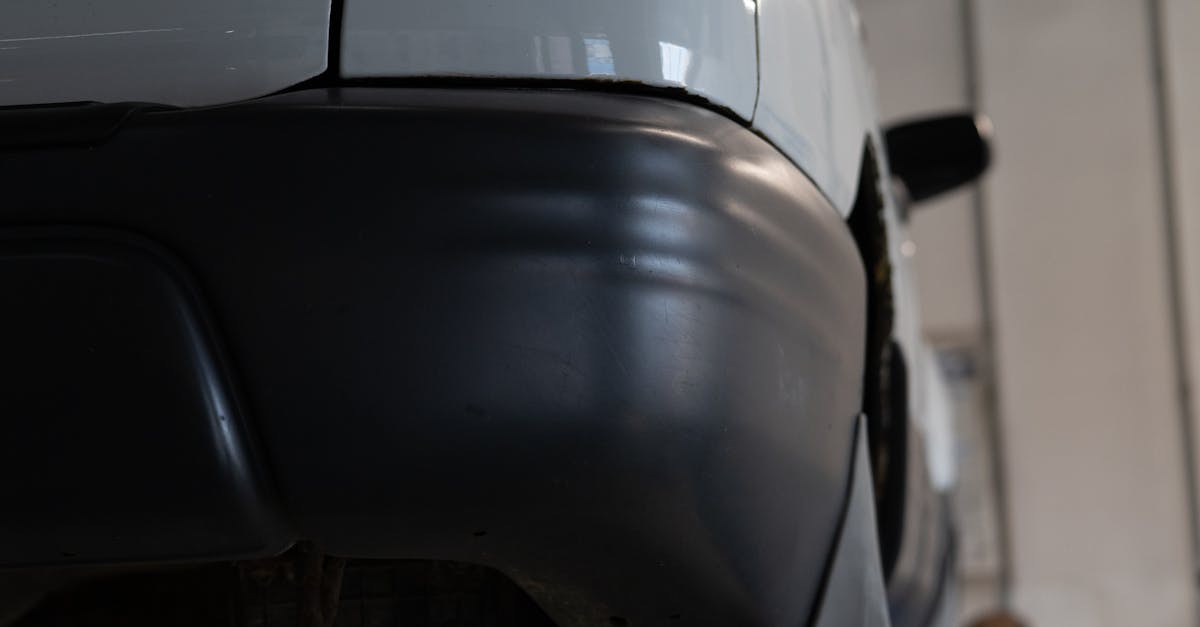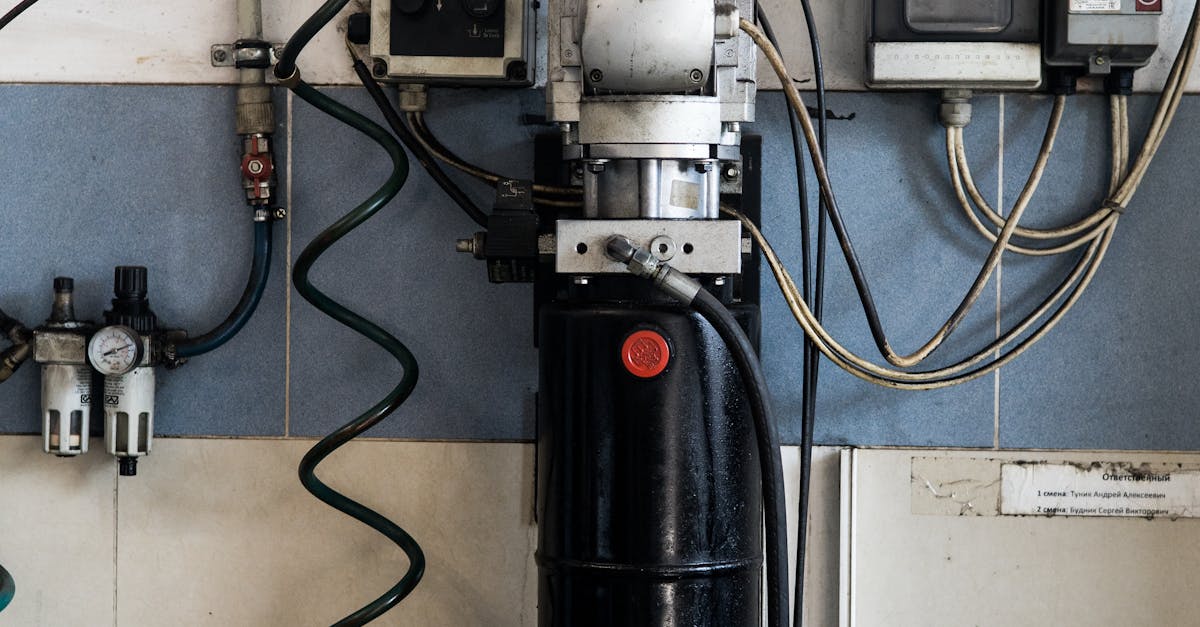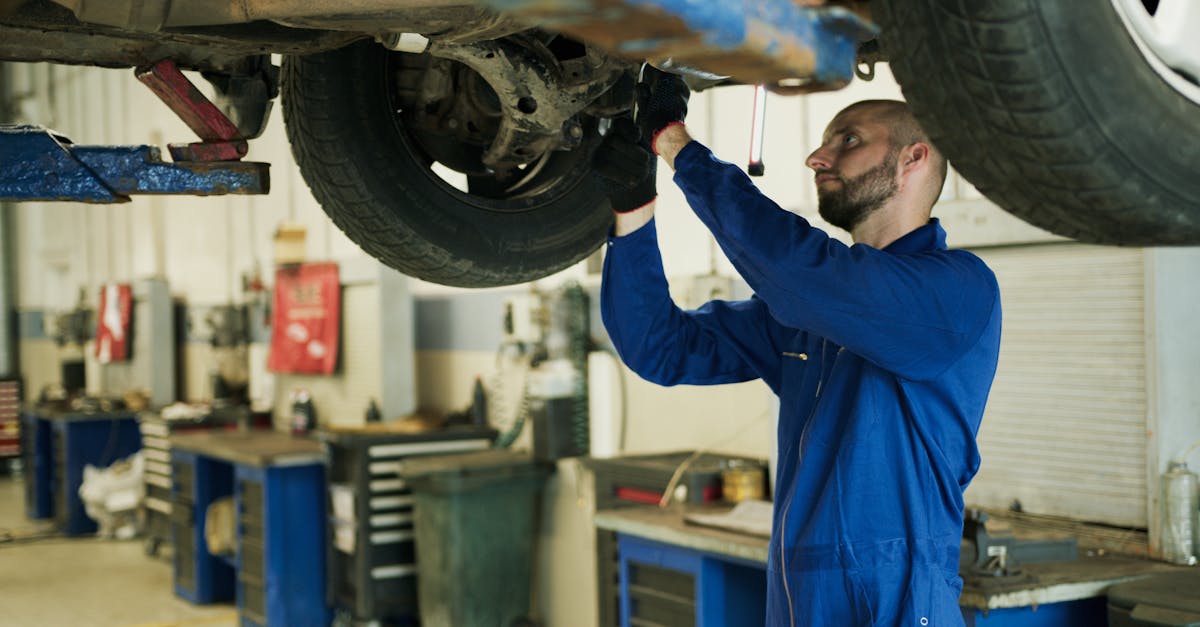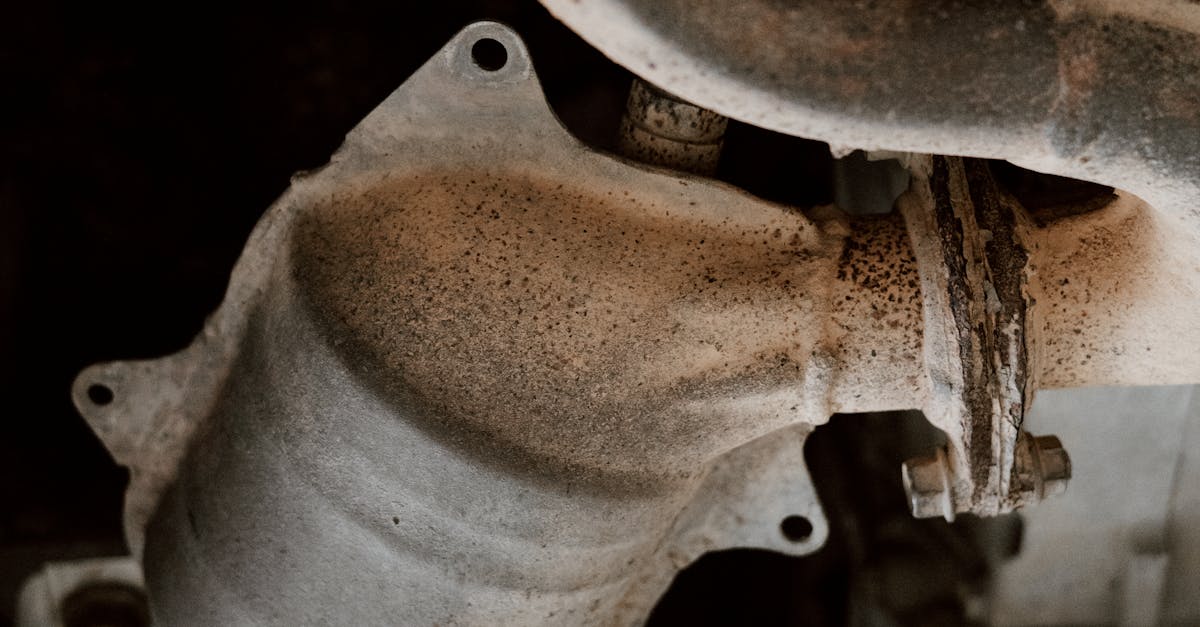
Table Of Contents
Inspecting the Pilot Light
Inspecting the pilot light is a crucial step in addressing issues with your hot water system. A functioning pilot light ignites the burner, which heats the water in your tank. If the pilot light is out, your system won't produce hot water. Ensure that the appliance's gas supply is turned on and check for any drafts that might extinguish the flame. If the pilot light is malfunctioning or flickering, it may indicate a more serious issue that requires attention.
If you find the pilot light is out, relighting it should be done carefully. Follow the manufacturer's instructions for relighting, as improper techniques can lead to safety hazards. Hot Water System repair often involves checking components like thermocouples, which prevent gas flow if the pilot isn't lit. If relighting does not solve the problem, further investigation into gas supply or potential blockages may be necessary to restore full functionality.
Relighting the Pilot Safely
When attempting to relight the pilot light, ensure the area is well-ventilated. Turn off the gas supply to your hot water system for several minutes to dispel any accumulated gas. Locate the pilot light access point and follow the manufacturer’s instructions carefully. Igniting a match or lighter near the pilot opening is crucial, but safety should remain a priority. Wear safety goggles to protect your eyes from any sudden flare.
After you successfully ignite the pilot light, monitor the flame to ensure it remains lit. A steady blue flame indicates proper functioning. If the pilot light goes out repeatedly, consider it a sign of a deeper issue, requiring professional assistance or a comprehensive hot water system repair. Always prioritize safety when dealing with gas appliances.
Assessing the Pressure Relief Valve
The pressure relief valve is a crucial safety feature in any hot water system. It prevents excessive pressure buildup that could lead to leaks or even catastrophic failures. Check the valve for any signs of leaks or damage. If you notice water pooling around the valve or rust formation, it may indicate that the valve needs replacement. A malfunctioning valve can compromise the efficiency of your hot water system and may require immediate attention for proper hot water system repair.
To ensure the valve is functioning correctly, test it by lifting the lever to allow some water to discharge. If the water flows freely and the valve reseals afterward, it's likely working as intended. If not, consider replacing the valve. Regular inspection of the pressure relief valve is vital to maintaining a safe and efficient hot water system. Addressing any issues with this component can help prevent larger problems down the line.
Ensuring Proper Functionality
To ensure the functionality of your pressure relief valve, first examine whether it is releasing water as needed. A properly functioning valve should allow excess pressure to escape, preventing any potential damage to your water heater. If water is continuously leaking from the valve, it may require replacement. Always consult the manufacturer's guidelines to determine the right specifications for your unit, as an improper valve can lead to further complications during hot water system repair.
Next, it’s important to regularly test the valve by lifting the lever or pressing the release button. This action can help identify any build-up of debris that may be obstructing its movement. If the valve doesn't release pressure or snaps back into place easily, it signals a need for troubleshooting or replacement. Ignoring these signs can lead to serious issues with your hot water system, resulting in more extensive repairs down the line.
Checking for Crossed Hot and Cold Lines
Crossed hot and cold lines can cause your hot water system to function improperly. This issue often occurs during plumbing work when the connections are swapped, resulting in cold water coming from the hot tap and vice versa. Observing your faucet’s operation can reveal if this is a problem. If you turn on the hot water and it’s cold, or the cold water comes out hot, it's likely that the lines are crossed.
To diagnose this issue, check the fixtures and the water heater connections. You might need to trace the plumbing from the heater to the taps while ensuring that the correct lines are routed. If you suspect a serious problem, enlisting a professional for hot water system repair might be the best course of action. Properly reconnecting the lines will restore the expected performance of your plumbing system.
Diagnosing Plumbing Issues
Identifying plumbing issues is crucial when facing problems with your hot water supply. Start by examining all visible pipes for signs of leaks or corrosion. This could include water stains on surrounding walls or floors. A thorough inspection might reveal broken seals or joints that could hinder hot water flow. If everything appears intact, consider the possibility of sediment buildup within the pipes, which can obstruct water flow and decrease pressure.
For those experiencing inconsistent water temperatures, cross-connected hot and cold lines could be the culprit. This situation often arises from improper plumbing installation or repairs. Running tests, such as checking the temperature at different taps, can help pinpoint the issue. Should plumbing issues be confirmed, seeking professional assistance may be necessary. A certified technician can perform comprehensive hot water system repair, ensuring that the underlying problems are addressed effectively.
FAQS
What should I do if my hot water heater is not producing hot water?
First, check the pilot light to see if it is lit. If not, you may need to relight it. If the pilot light is functioning properly, inspect the pressure relief valve and ensure there are no crossed hot and cold lines in your plumbing system.
How can I safely relight the pilot light on my water heater?
To safely relight the pilot light, turn the gas control knob to the 'off' position and wait for a few minutes. Then, set it to 'pilot' and press the igniter button while holding down the knob. Once the pilot lights, continue holding the knob for about 30 seconds before releasing it.
What signs indicate that my pressure relief valve might be malfunctioning?
Signs of a malfunctioning pressure relief valve include water leaking from the valve, unusual noises from the water heater, or an increase in pressure as indicated on the gauge. If you notice any of these issues, it may be time to replace the valve.
How can I check if my hot and cold water lines are crossed?
To diagnose crossed hot and cold lines, turn on the hot water faucet and check the temperature. If the water is cold instead of hot, it may indicate that the hot and cold lines are improperly connected. Inspect the plumbing connections to ensure they are correct.
Is it safe to attempt repairs on my hot water heater myself?
While some basic troubleshooting can be done safely, it is important to exercise caution. If you are unsure about any repairs or if the problem persists after your attempts, it is advisable to consult a licensed plumber or technician for assistance.


